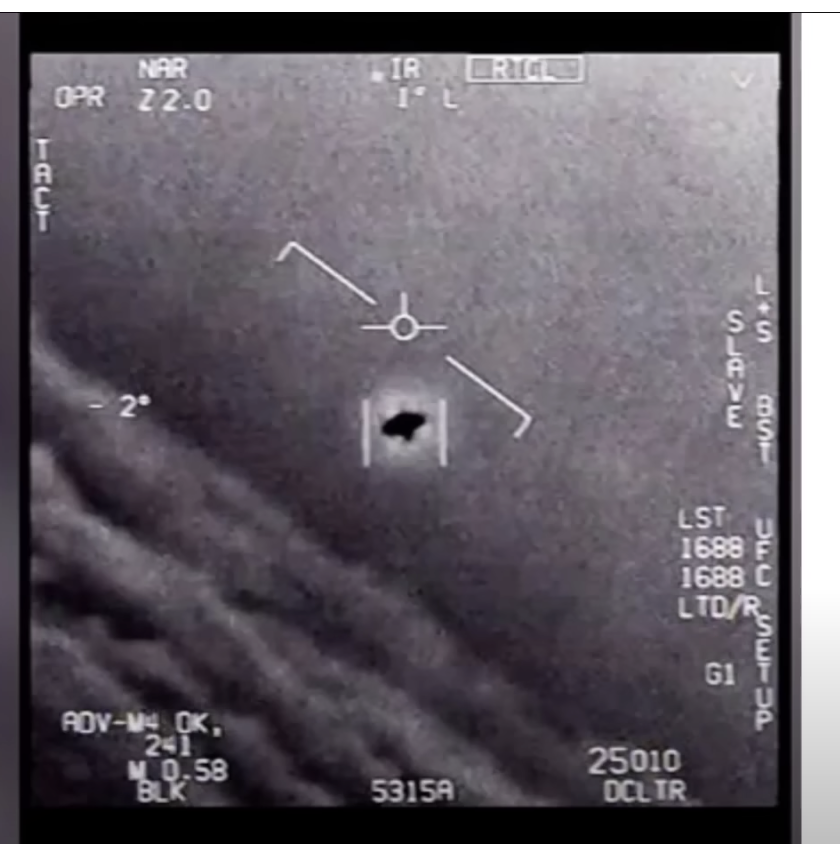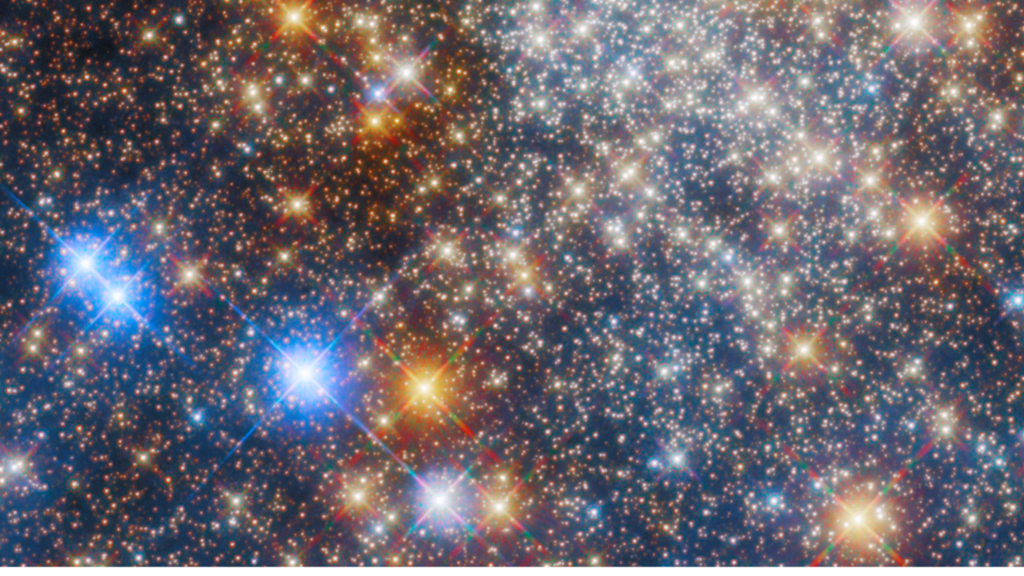NASA
Do Aliens Exists? NASA Releases Biggest Ever Report on UFO!
-

 AI9 months ago
AI9 months agoRevolutionizing Road Safety: How AI Can Save Lifes and Prevent Vehicle Collisions
-

 AI10 months ago
AI10 months agoQuantum Computing and AI: The Mind-Blowing Revolution That Will Change EVERYTHING!
-

 Cryptocurrency10 months ago
Cryptocurrency10 months agoFalcon, a blockchain project by NPCI, will expand India’s payments market
-

 NASA9 months ago
NASA9 months agoJames Webb Space Telescope Could Soon Discover Alien Life, Scientists Claimed!
-

 Blog7 months ago
Blog7 months agoUnveiling the Wonders of the Andromeda Galaxy!!
-

 Blog10 months ago
Blog10 months agoIndia added in JP Morgan Bond Index, could get $25 bn inflows
-

 Blog10 months ago
Blog10 months ago2023: Earth’s Hottest Year on Record – Global Warming Crisis Escalates!
-

 Space10 months ago
Space10 months agoDeep Space Network: How Do We Communicate with Faraway Spacecraft?






